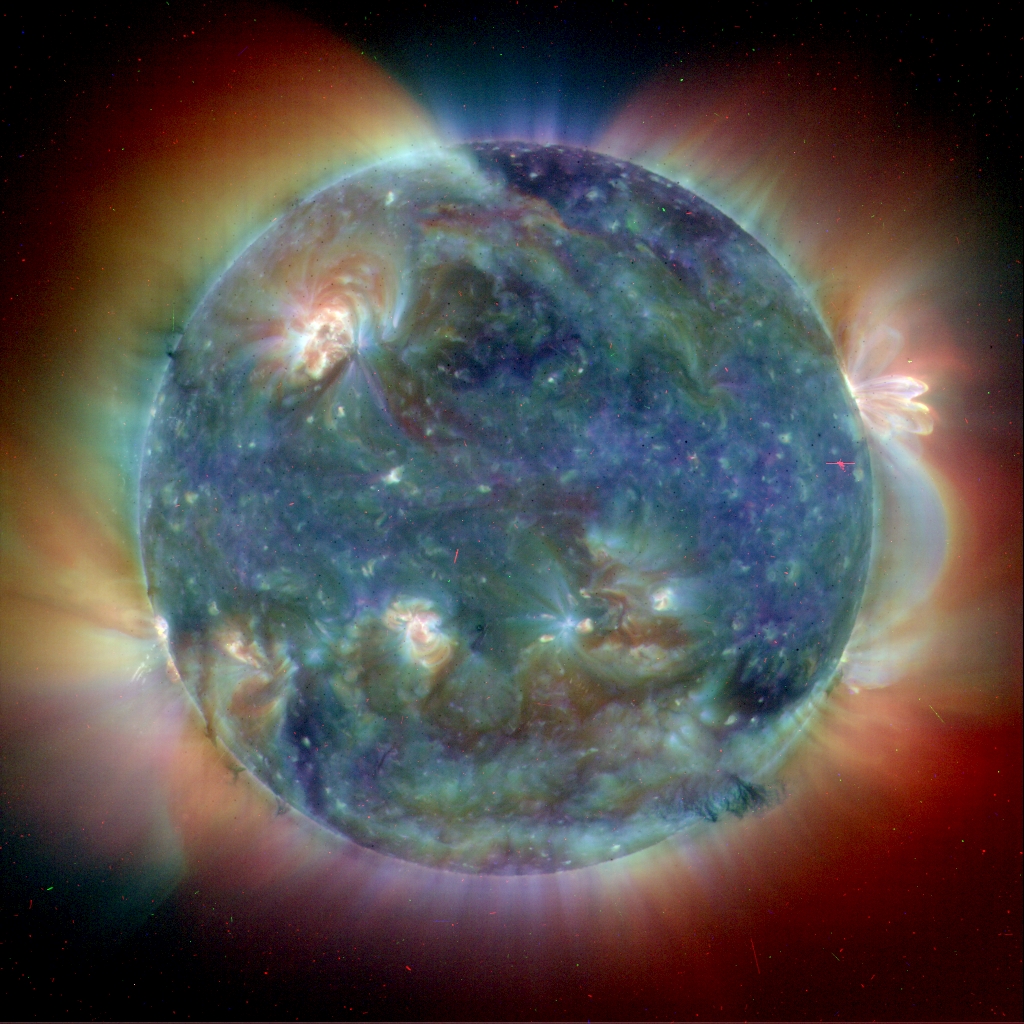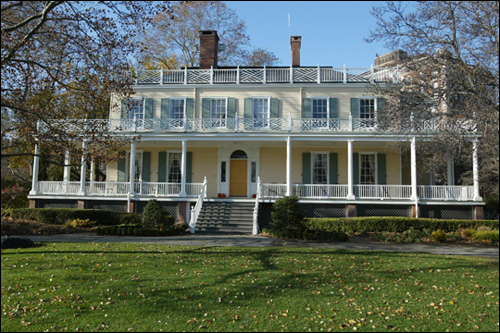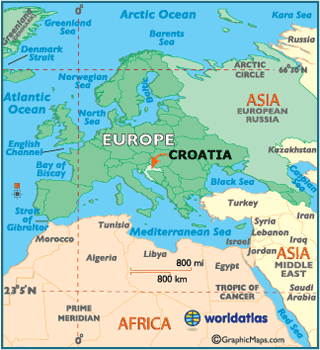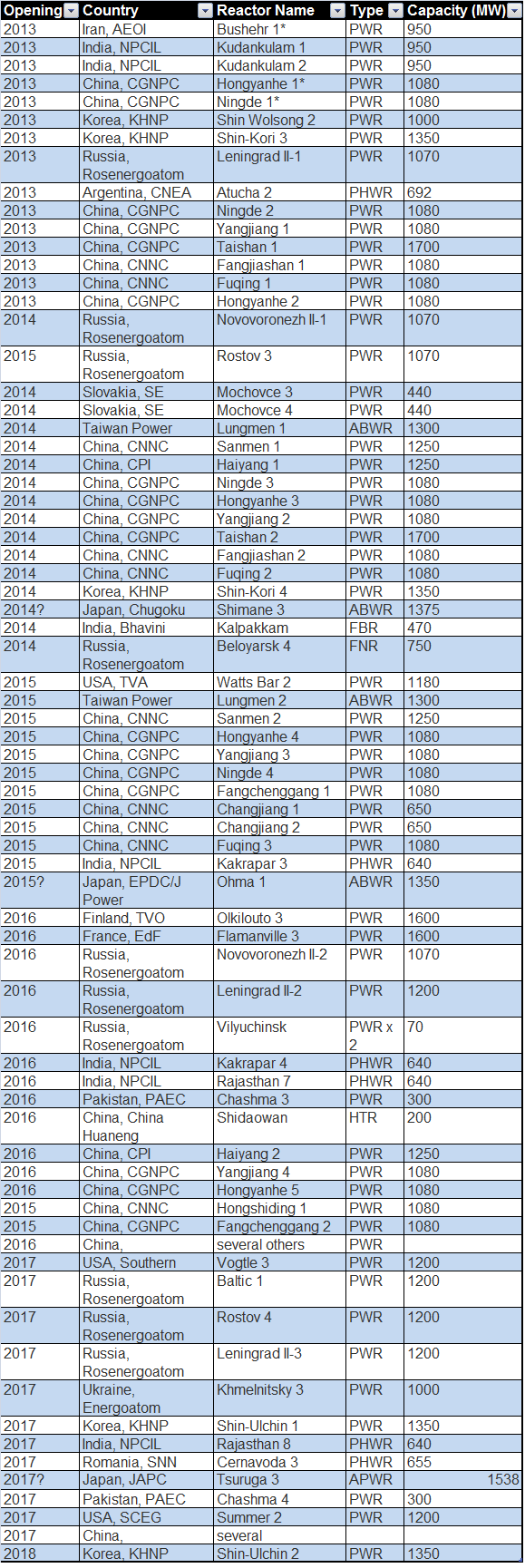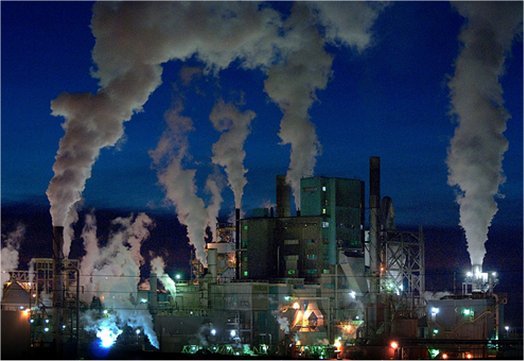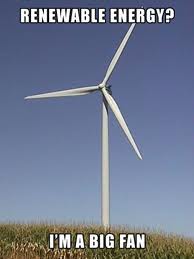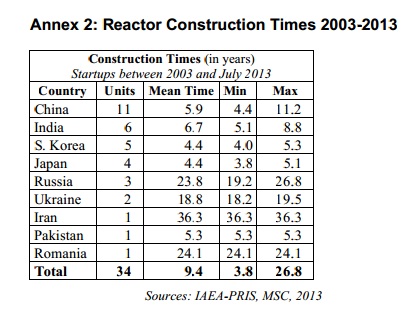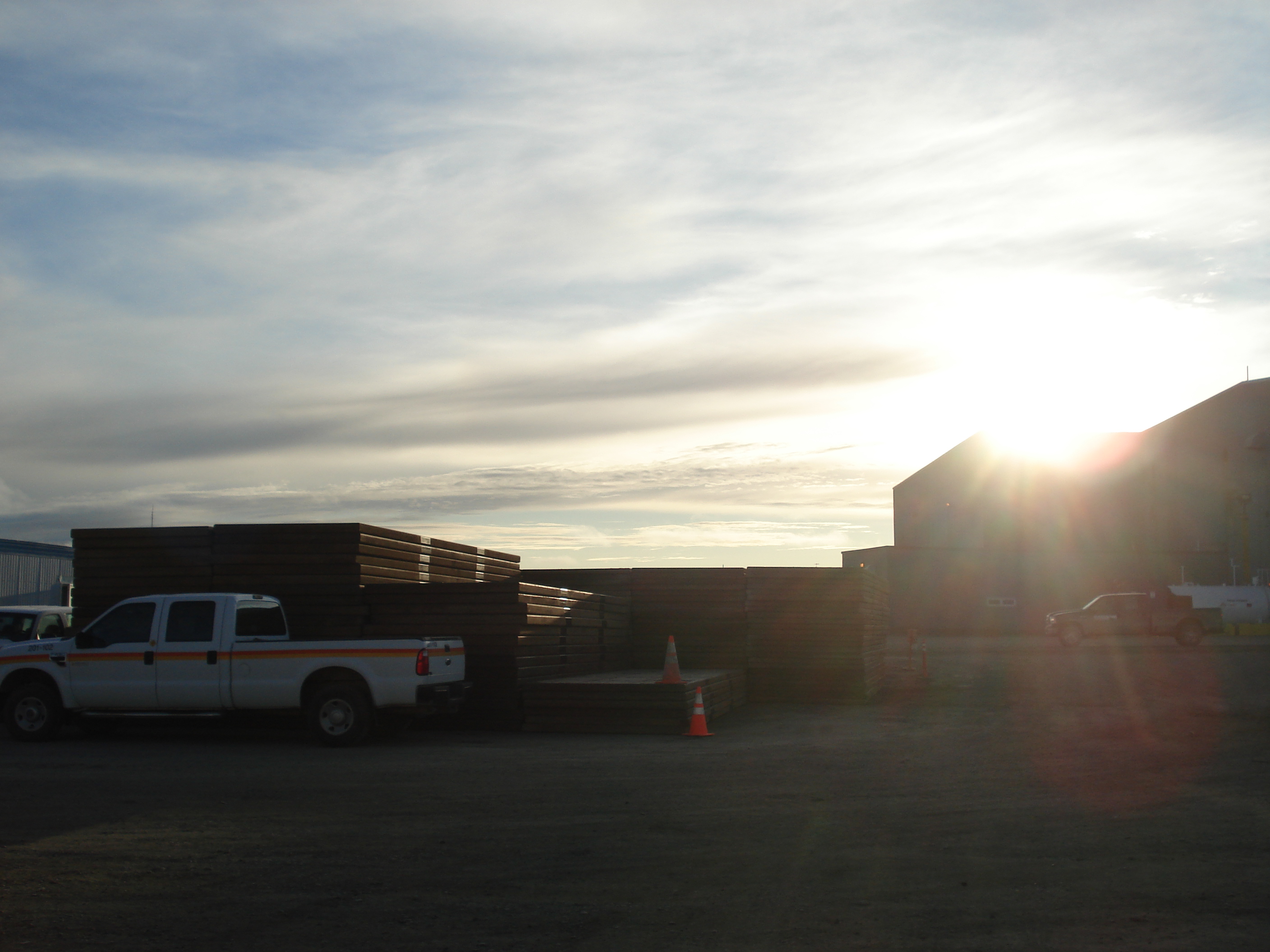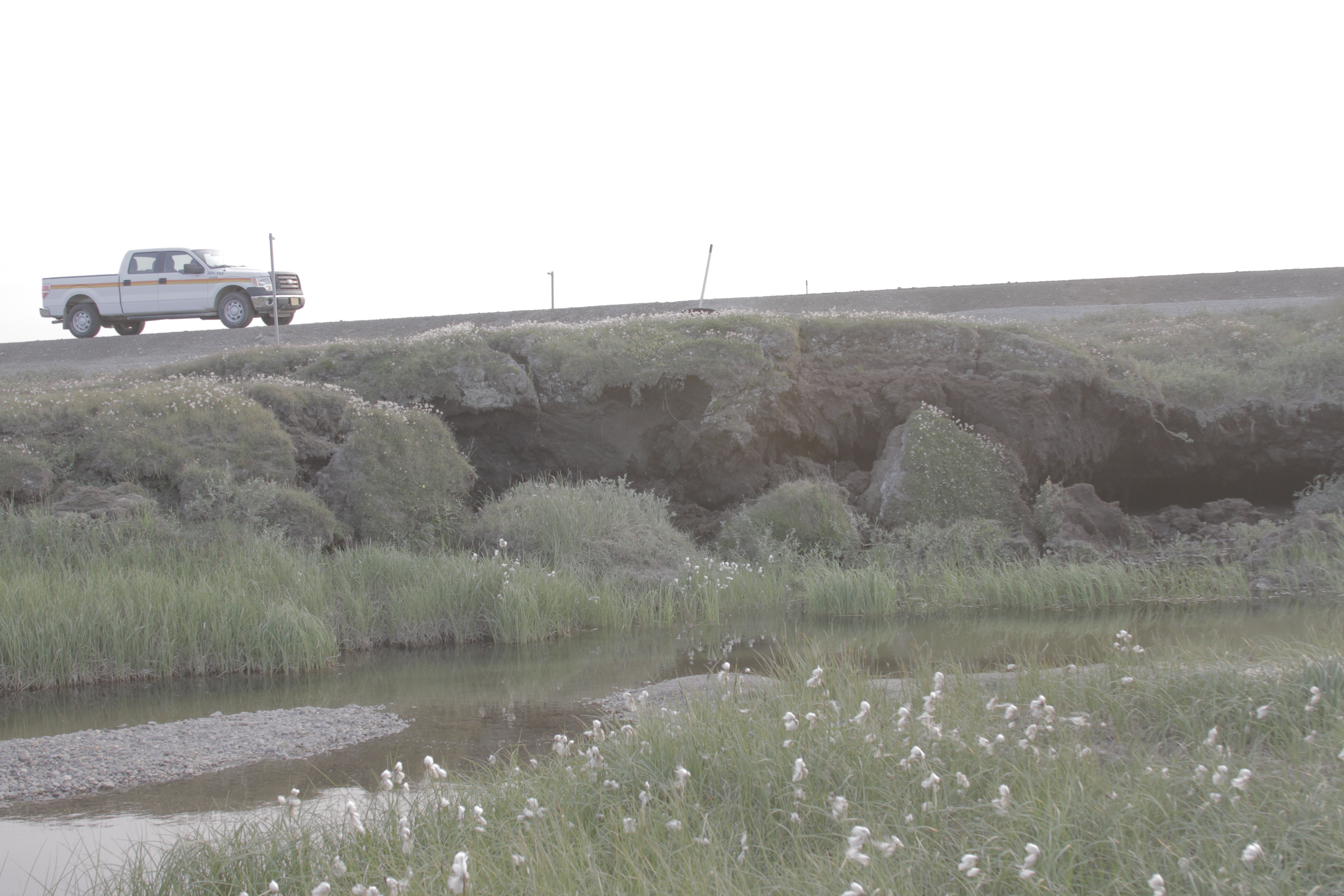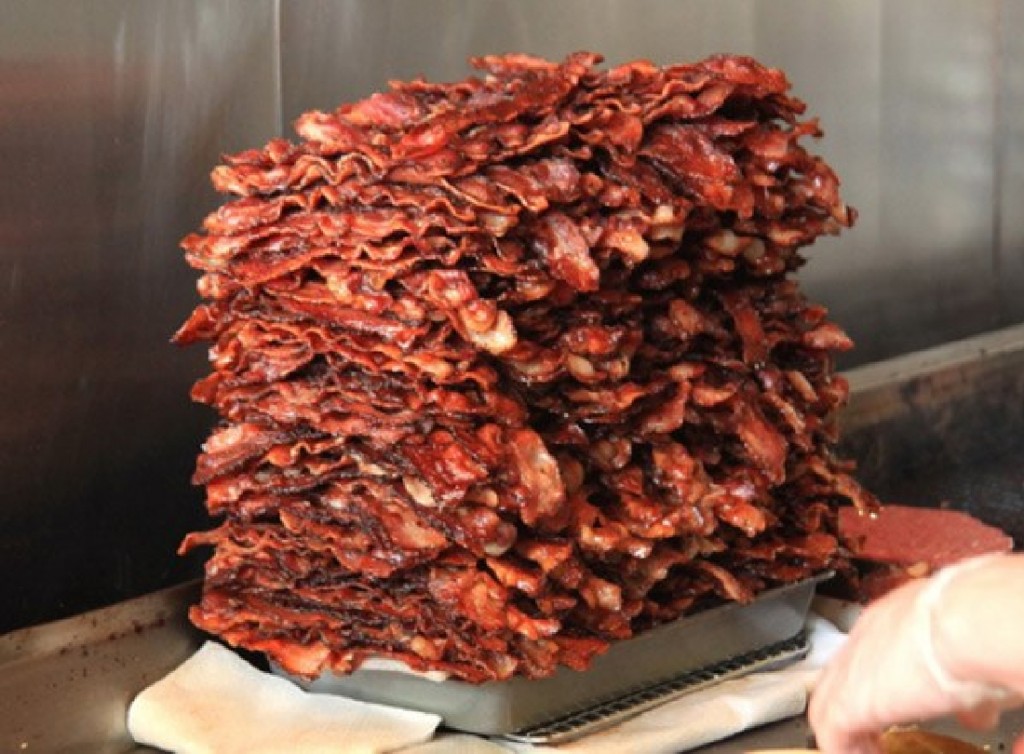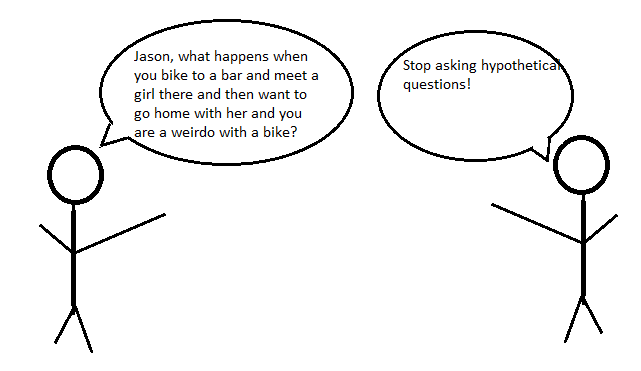This article is a milestone for me! For the first time, someone left feedback and asked about a topic.
So. Today's topic is sunspots. Specifically, the upcoming solar hibernation and how sunspots relate to climate change.
Synopsis: Sunspots, solar hibernation, and such have a negligible impact on climate change in the long term, and cannot explain the warming we have seen over the Earth. Regular readers of my blog know that I don't shy away from the truth, such as the time that I wrote about how eating cow produces a lot of greenhouse gases (I am a 210 lbs. rugby player, and lean at that, eating meat is necessary for me to maintain my muscle mass, so I obviously want to keep eating it, but I also have to admit that beef has a deleterious effect on the environment). The primary driver of climate change is not short-term or medium-term solar output changes (defined as years to 100s of years scales), but is instead us.
First, what is a sunspot?
The Science (as always, skip this section if you don't like science)
Hokay, so. Sunspots are places where the magnetic field of the sun strengthens locally. As a result, convection is inhibited. How, exactly? This is a subject for debate, but hydrogen interacts with magnetic fields, and the sun is comprised almost entirely of hydrogen. If you have trouble with the idea that hydrogen interacts with magnetic fields, just think to how an MRI works. The strong magnetic field in an MRI excites hydrogen atoms. Hydrogen atoms are present in water. If your body is injured, be it a bone or other tissue, or you have had a stroke and are bleeding out somewhere, there will be more hydrogen present in an area. The MRI images this extra water, and highlights where damage is. So, now we know that hydrogen interacts with magnetic fields, and something we use all the time makes use of this principle.
So, we have super strong magnetic fields in small spots on the sun, a sun made of hydrogen, and hydrogen interacting with magnetic fields. The next step is how the sun works. It is made of hydrogen. The mass of the sun is so great that the hydrogen atoms are pushed close enough so that they merge. This is nuclear fusion, cause the nuclei are fusing to create helium. A ton of energy is released in this process.
Let's take a closer look at this idea of the atoms being pushed so closely together, because it is a pretty fundamental part of how the universe works, and your middle/high school teachers taught you lies here. We have all learned that gases are compressible, hence being able to inflate your tire, and that liquids and solids are incompressible, hence you not being able to squish them, and also the incompressibility of fluids making hydraulics work.
So this is wrong. You need immense pressures to compress a solid or a liquid, but it is possible. This is based on how atoms combine together. Atoms living in the same place like to keep their distance, because the electrons floating around the outside of the atoms push each other away. If you have enough stuff stacked on top of these atoms, say about 90% of the mass of the solar system, like we see in the sun, the mass of the stuff stacked on top of the atoms wins out over the electrons trying to keep them apart. The density of anything, including liquids and solids, can thus increase. Right up to the point where the nuclei of the atom are shoved together so closely that they bond, and then the atoms fuse to change the type of element they are. This releases a ton of energy.
nuclear- sidetracked
So, nuclear fission, the splitting of atoms, releases energy, and nuclear fusion, the combinations of atoms, releases energy. What gives? Iron is the magic element. at 26 protons (that is how many iron has), you get no extra energy from fusion or fission. So pretty much, fusion releases energy up until the atoms have fused to make iron, and fission would do the same.
Back on track with the sun
So. The nuclear fusion happens in the place of most pressure in the sun. Which is at the bottom, nearer the core. So the core of the sun is much much warmer than the outermost layer of the sun. Convection, or updrafts, from the core to the outermost layer of the sun is what heats the outermost layer.
Remember those magnetic fields that locally get very strong? They stop convection in the places where they are strongest. So the temperature at sunspots is 2000 degrees C or so less warm on sunspots.
You can read more about it here: http://www.crh.noaa.gov/fsd/?n=sunspots
How this relates to climate
Times of high sunspot activity are associated with a very very small decrease in average surface temperature, which means slightly less energy, and also slightly more ultraviolet radiation from the sun, which means slightly more energy. Overall, it's a difference of at most 0.04%. But remember, this is raised to the 4th power, so we have:
 or a 0.16% change in total energy output of the sun. And remember, this is at max. See this article.
or a 0.16% change in total energy output of the sun. And remember, this is at max. See this article.
In other words, it doesn't do anything. In fact, the article I just referenced indicates that there were probably other factors at play.
Let's get down to some real numbers. The total measured change in surface forcing of the sun during a complete solar cycle, max to min, is about 1.3 watts/m^2. According to the best measurements that science can offer, the total forcing of man-made greenhouse gases is 2.3 watts/m^2 (see section C). While sunspot cycles do move significantly, they go up and down around an average. Man-made greenhouse gas forcing is only going up. And we've dumped enough stuff in the atmosphere so that man-made forcing has dwarfed solar cycles.
Many climate skeptics have argued that sunspots account for changes in the Earth's climate. While the increase in UV radiation can have an effect on the formation of ozone in the stratosphere, the difference in radiative forcing is too small from this to matter.
Unfortunately, several of the links posted in my feedback section are from crank organizations that literally make up data or go and find "scientists" to quote (read: scientists that don't understand science, whose theories don't match observations [note: when someone's theories don't match observations, they are literally lying out of stupidity]). In short, these organizations intentionally seek to obfuscate the science of climate change by confusing the general public about which scientists are authorities, and which are crackpots.
And this is pretty much how this always goes with climate change skepticism. Next week, I will talk about a recent article that shows that over $1 billion is spent annually to intentionally confuse the science of climate change. Not to disprove climate change, mind you, but to intentionally screw with voters. It's exciting.
This has nothing to do with crackpots, I just wanted to post another with sunspots from NASA cause these are cool pictures.
Thanks for reading! If you are a skeptic and have more questions, or you are not a skeptic and have more questions, leave them in the comments.
- Jason Munster


